
In this lesson, students will demonstrate an understanding of how to correctly store and prepared a solution in the proper container and section of a stockroom.
- Material Type:
- Assessment
- Lesson
- Author:
- OER Librarian
- Date Added:
- 09/29/2021

In this lesson, students will demonstrate an understanding of how to correctly store and prepared a solution in the proper container and section of a stockroom.

In this lesson, students will give reasons for needing to dispose of chemicals safely as well as list four categories of chemicals for disposal and write a flow chart for lab waste disposal.
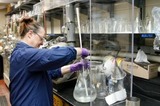
In this lesson, students will list the reasons to use a serial dilution and explain how to find the dilution factor and total dilution factor as well as use a SOP for 10-Fold Serial Dilutions.

In this lesson, students will explain biological and chemical spoilage/ expiration concerns before listing ways to avoid costly Biological and Chemical loss through spoilage and expiration and performing a stockroom storage compliance audit.
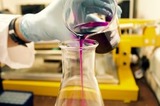
In this lesson, students will prepare solution according to the SOP written in the previous lesson.

In this lesson, students will explain what a dilution is and when one might be needed before naming two (2) types of dilutions and explaining the calculations and steps needed for a specific dilution.

In this lesson, students will recall the parts of a solution and explain what concentration means. Then they will give examples of where concentration units are used before listing common concentration units used in a lab and differentiate between the various concentration units.

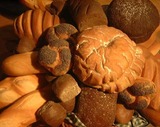
In this lesson, students will define classic biotechnology, classify yeast and describe its role in classic biotech as well as identify the critical variables of bread making and design an experiment to optimize one critical variable of bread making.
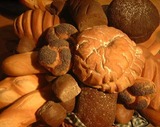
In this lesson, students will define independent variable the experiment and determine 2 values (amounts to use). Then they will define dependent variable and how it will be measured in the experiment before writing out procedures for experiment and making one dough for each condition including control (3 total).
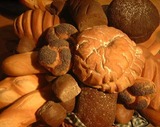
In this lesson, students will prepare samples for baking and then bake them before defining cellular respiration and its by-products. Then they will explain the process of fermentation and how it is used in bread making before recording, analyzing, and interpreting the results of the bread-making experiment.
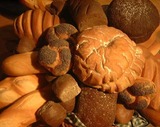
In this lesson, students will identify the product life cycle, define the development and validation process, and design and prepare the development lot.
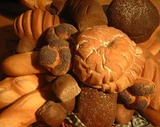
In this lesson, students will complete development lots and understand the effect of various ingredients and processes in bread making. Then they will evaluate development lots and choose procedure for validation lots.
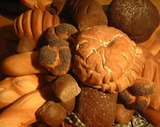
In this lesson, students will make validation lots and evaluate validation lot dough.

In this lesson, students will complete Validation Lots and understand the process of lot control and archiving samples before analyzing any variances or unexpected results.


In this lesson, students will define electrophoresis and distinguish between vertical and horizontal gel electrophoresis. Then they will explain the relationship between agarose concentration and pore space before calculating % agarose and the mass of powdered agarose needed for specific agarose concentration. Finally, they will outline the steps in agarose gel electrophoresis.

In this lesson, students will construct standard curve for Hind III cut DNA using semi-log graph paper and explain the relationship between number of base pairs and distance migrated before calculating the size of the DNA fragments cut with EcoRI.
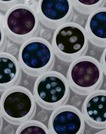
In this lesson, students will perform restriction digestion of lambda DNA.
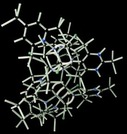
In this lesson, students will explain the similarities and differences between DNA and RNA structure, list the different types of RNA and describe their function, explain the central dogma of molecular biology, and explain the genetic code table.